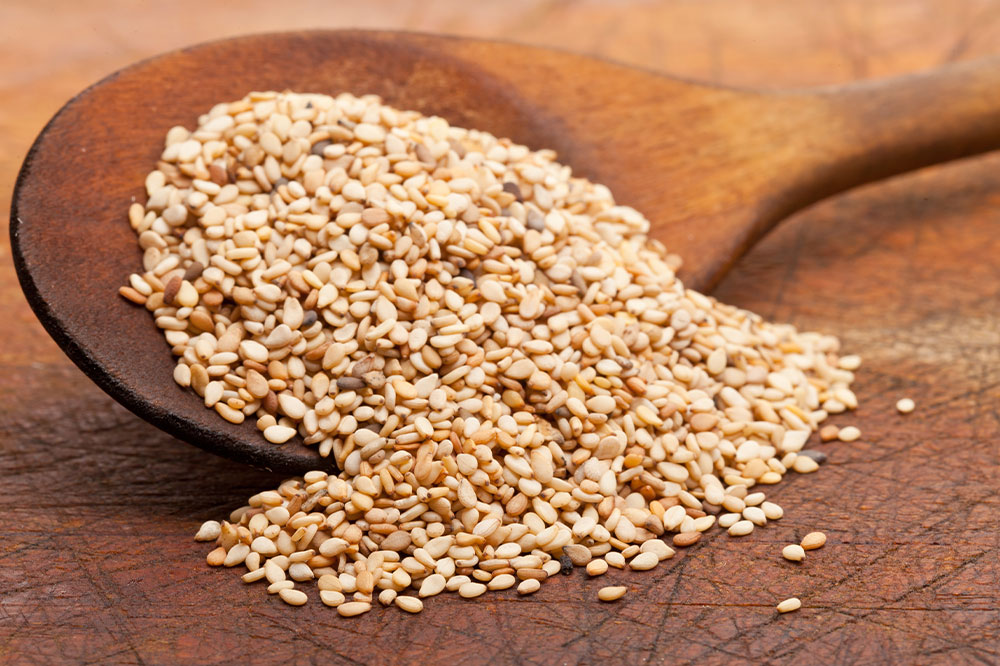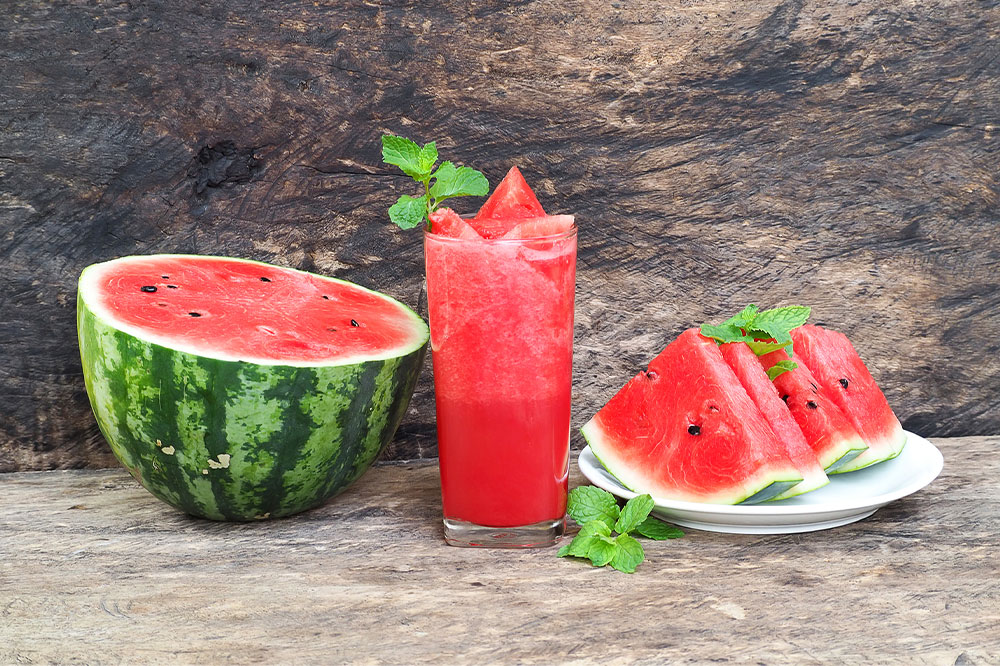Comprehensive Guide to Essential Nutrients for Managing Wet Age-Related Macular Degeneration
This comprehensive guide explores vital nutrients that support managing wet age-related macular degeneration (AMD). It emphasizes the importance of vitamins, carotenoids, omega-3 fatty acids, and minerals in slowing disease progression, maintaining retinal health, and protecting vision. Combining medical treatments with proper nutrition offers an effective approach for those affected by wet AMD, ensuring optimal eye health and quality of life. Learn practical dietary tips and food sources to incorporate into your daily routine to safeguard your eyesight now and in the future.

Critical Nutrients to Enhance Eye Health in Wet AMD
Wet age-related macular degeneration (wet AMD) is a severe eye condition characterized by the growth of abnormal blood vessels beneath the retina. These vessels tend to leak fluid and blood, causing damage to the macula—the central part of the retina responsible for sharp, detailed vision. Over time, this leakage and damage lead to significant vision loss, blurred vision, and potentially blindness if not managed properly.
While medical treatments such as anti-VEGF injections are standard for managing wet AMD, emerging research highlights the crucial role of diet and nutrition in supporting eye health and potentially slowing disease progression. Incorporating specific nutrients into your daily diet can help strengthen retinal tissues, reduce inflammation, and protect against oxidative stress. Below is an in-depth discussion about key nutrients that can aid in managing wet AMD and promoting overall ocular wellness.
Essential Vitamins: A, C, and E
Vitamins are vital antioxidants that play a central role in safeguarding the eyes from damage caused by free radicals—unstable molecules that harm cells and tissues. Vitamin A, often associated with healthy vision, supports the immune system and aids in the maintenance of proper eye function. Adequate Vitamin A levels can enhance night vision and prevent dryness of the eyes.
Vitamins C and E are powerful antioxidants that combat oxidative stress in the retina. Vitamin C is essential for collagen synthesis, which contributes to the structural integrity of blood vessels in the eye, while Vitamin E helps neutralize free radicals, protecting retinal cells from damage. Ensuring an adequate intake of these vitamins through diet or supplements can enhance eye resilience and support healing processes.
Consuming foods rich in Vitamins A, C, and E such as sweet potatoes, carrots, dairy products, eggs, citrus fruits, berries, nuts, and whole grains can significantly bolster your eye health and possibly reduce the risk of developing or delaying the progression of wet AMD.
Lutein and Zeaxanthin: The Macular Protectors
These carotenoids are concentrated in the macula, where they act as natural sunglasses, filtering harmful high-energy blue light and scavenging damaging free radicals. Their role is particularly crucial in protecting the delicate cells of the retina from oxidative stress and preventing disease progression.
Leafy greens such as spinach and collard greens are excellent sources of lutein and zeaxanthin. Other beneficial foods include egg yolks, corn, orange peppers, and kiwi. Regular consumption of these foods has been linked to a lower risk of developing advanced AMD and can contribute to maintaining sharp, central vision for years to come.
Omega-3 Fatty Acids: DHA, EPA, and ALA
Omega-3 fatty acids are essential polyunsaturated fats vital for maintaining healthy retinal tissues. Docosahexaenoic acid (DHA) is highly concentrated in the retina and supports cell membrane stability, fluidity, and signal transmission. Eicosapentaenoic acid (EPA) and alpha-linolenic acid (ALA) also contribute to reducing inflammation and oxidative stress within the eye tissues.
Incorporating fatty fish like salmon, mackerel, sardines, and albacore regularly into your diet can significantly boost omega-3 levels. Plant-based sources such as walnuts, flaxseeds, canola oil, and soy products are excellent alternative sources for ALA. Maintaining optimal omega-3 intake is associated with a reduced risk of AMD progression and improved overall eye health.
Copper and Zinc: Essential Mineral Support
Copper and zinc are trace minerals crucial for ocular health. Copper, although needed in small amounts, plays a role in enzymatic reactions that protect cells from oxidative damage. Low copper levels have been associated with increased susceptibility to eye disease, especially among those with genetic predispositions.
Zinc is a well-known mineral that accumulates in the eye and plays a protective role for the retina against light damage. It also aids in reducing inflammation and repairing damaged tissues. Adequate zinc intake has been associated with a slowdown in AMD progression.
Sources of copper include organ meats, shellfish like oysters, sunflower seeds, and multivitamins. Zinc can be obtained from red meats, beans, pumpkin seeds, and sesame seeds. Ensuring balanced mineral intake is essential for maintaining retinal integrity and preventing further deterioration of vision in those at risk for or already diagnosed with wet AMD.
Conclusion: The Power of Proper Nutrition in Managing Wet AMD
While medical interventions remain the primary treatment for wet AMD, the importance of nutrition cannot be underestimated. A diet rich in antioxidants, carotenoids, omega-3 fatty acids, and essential minerals forms a complementary approach to managing this vision-threatening condition. Regular consumption of nutrient-dense foods and possibly supplements under medical supervision may help slow down disease progression, preserve vision, and improve quality of life for individuals affected by wet AMD.
Consult your eye care specialist or nutritionist to develop a personalized nutritional plan tailored to your specific needs and condition. Remember, proactive dietary choices are a vital aspect of comprehensive eye health management.





